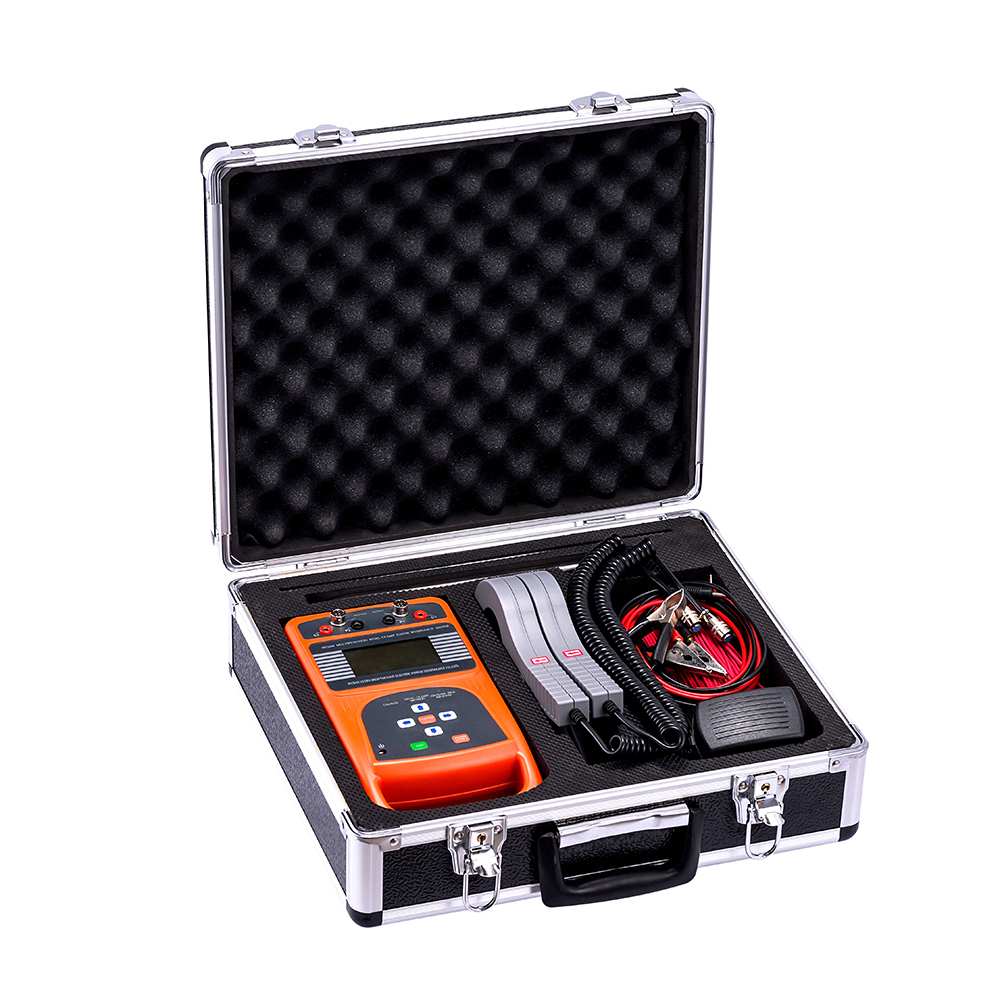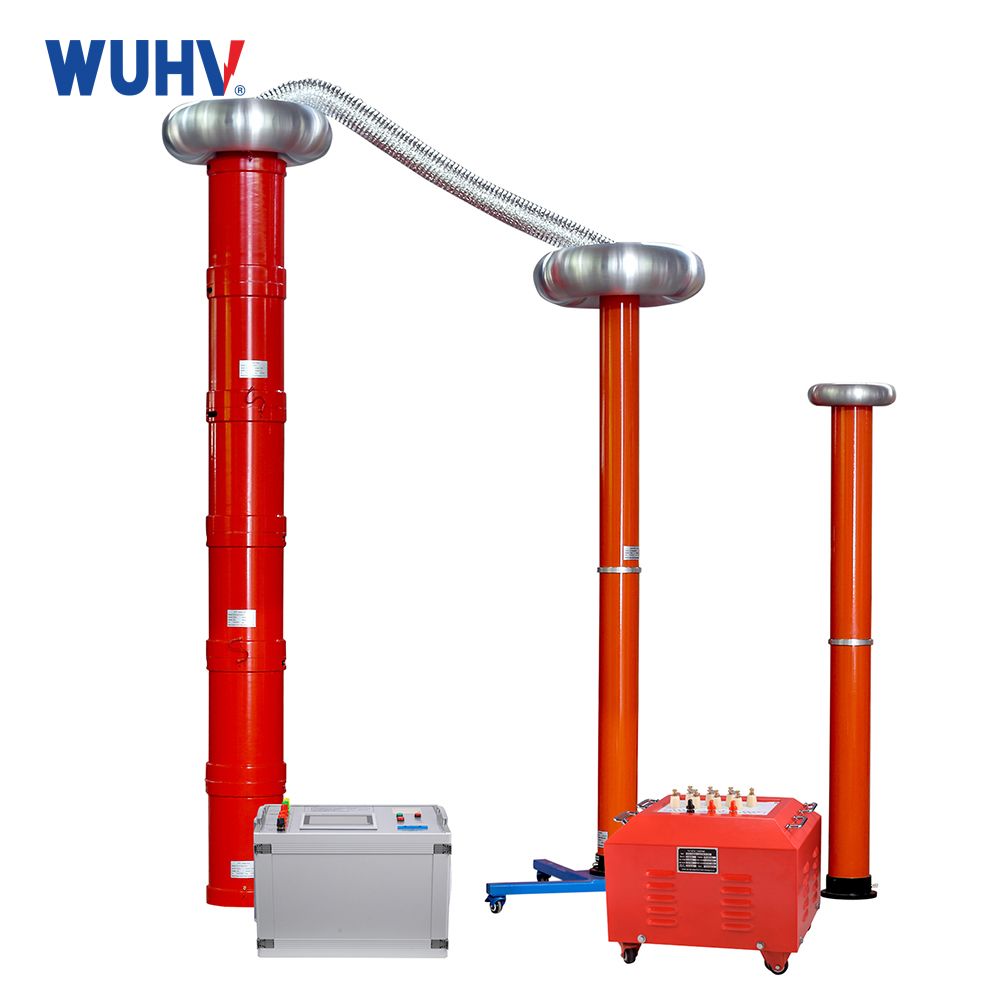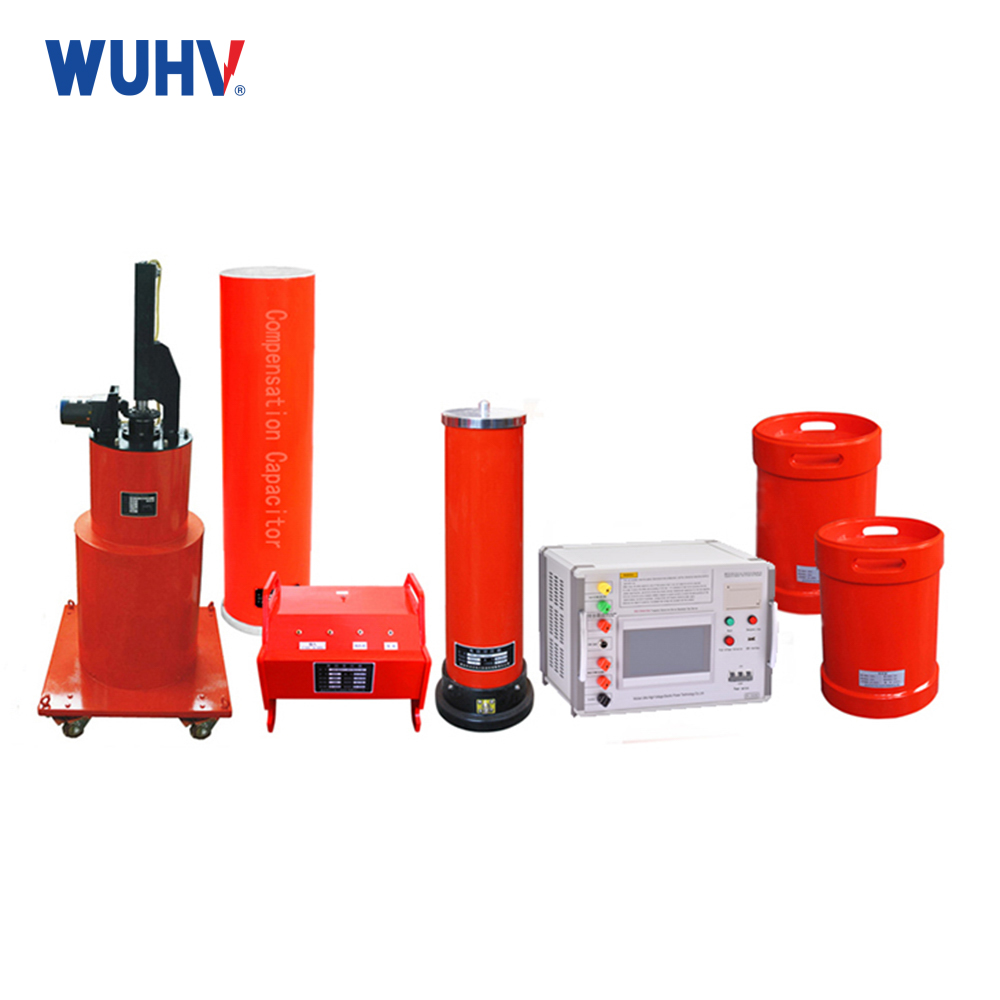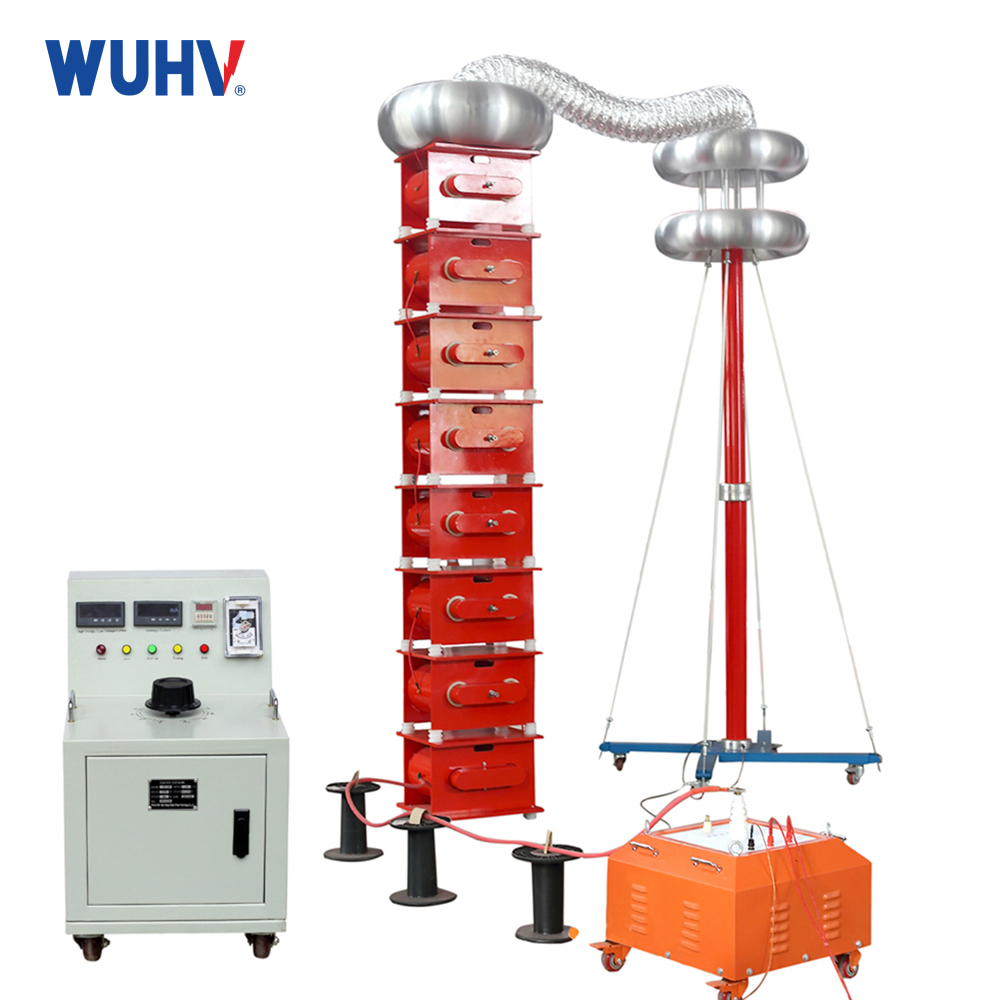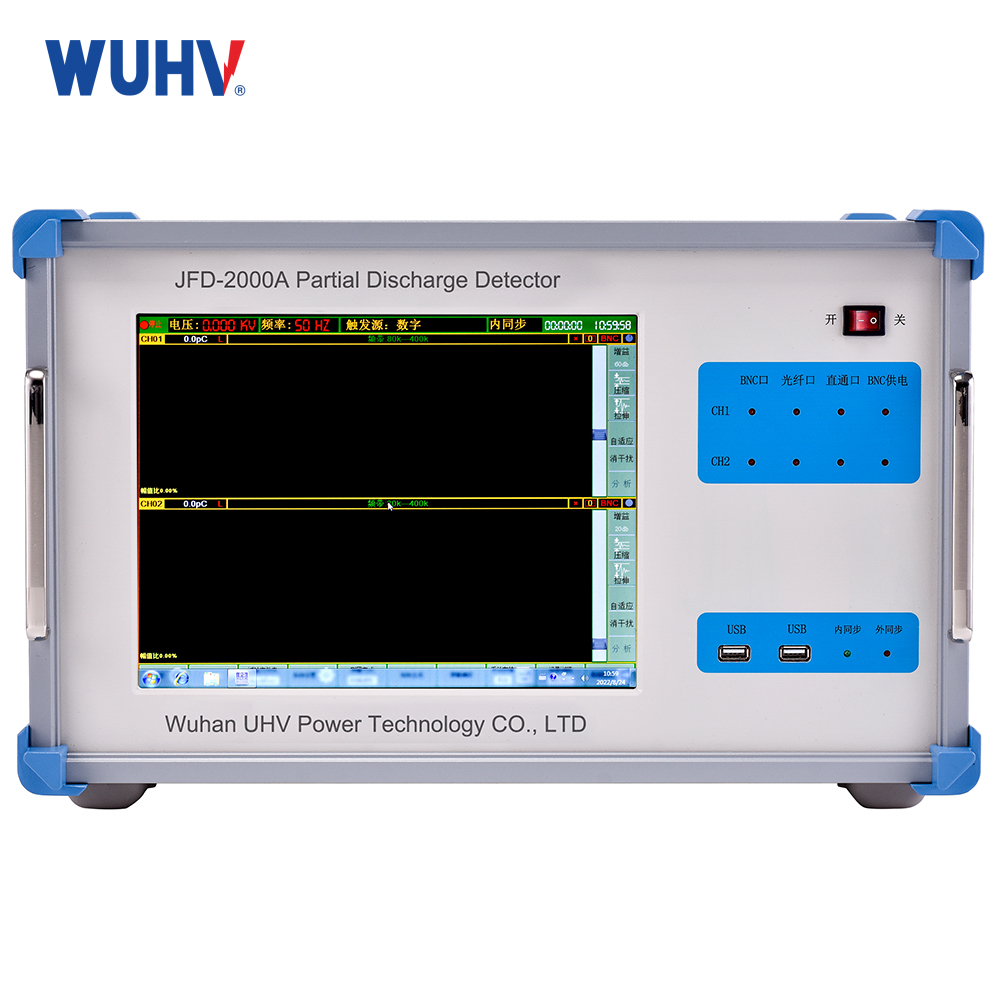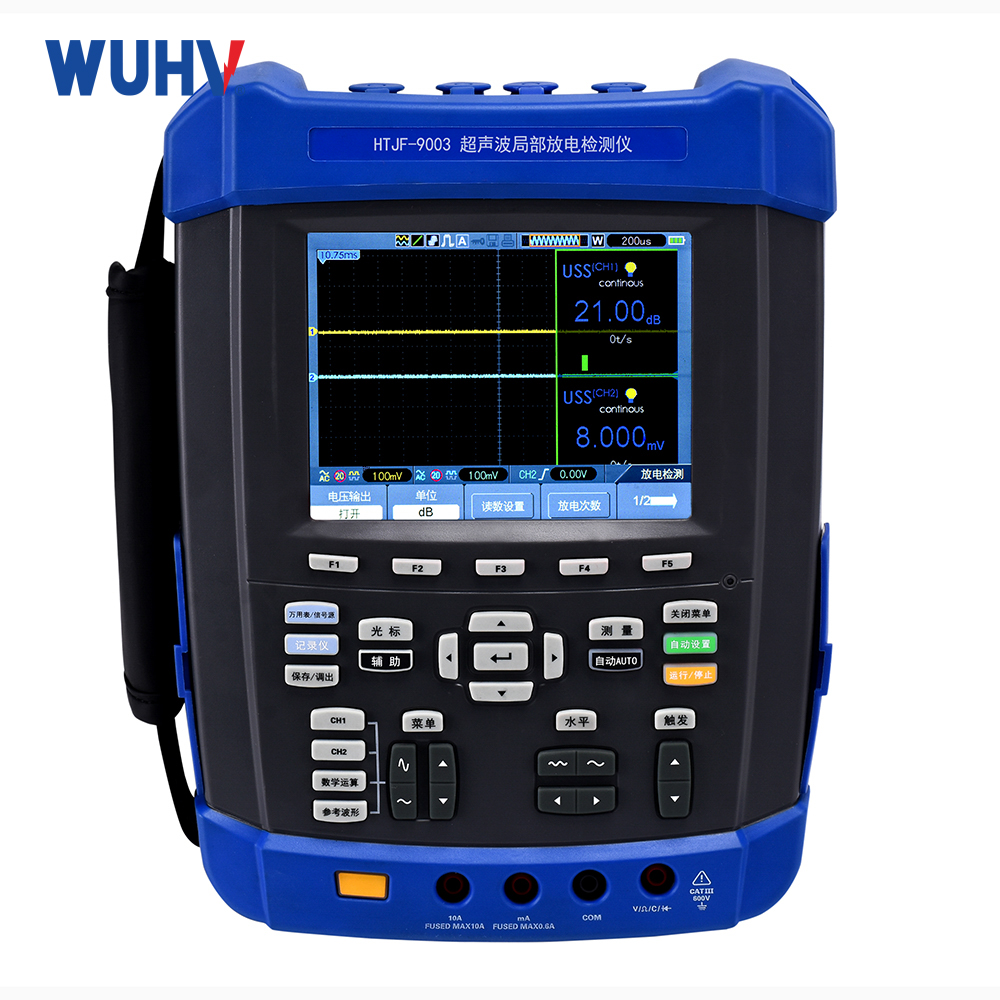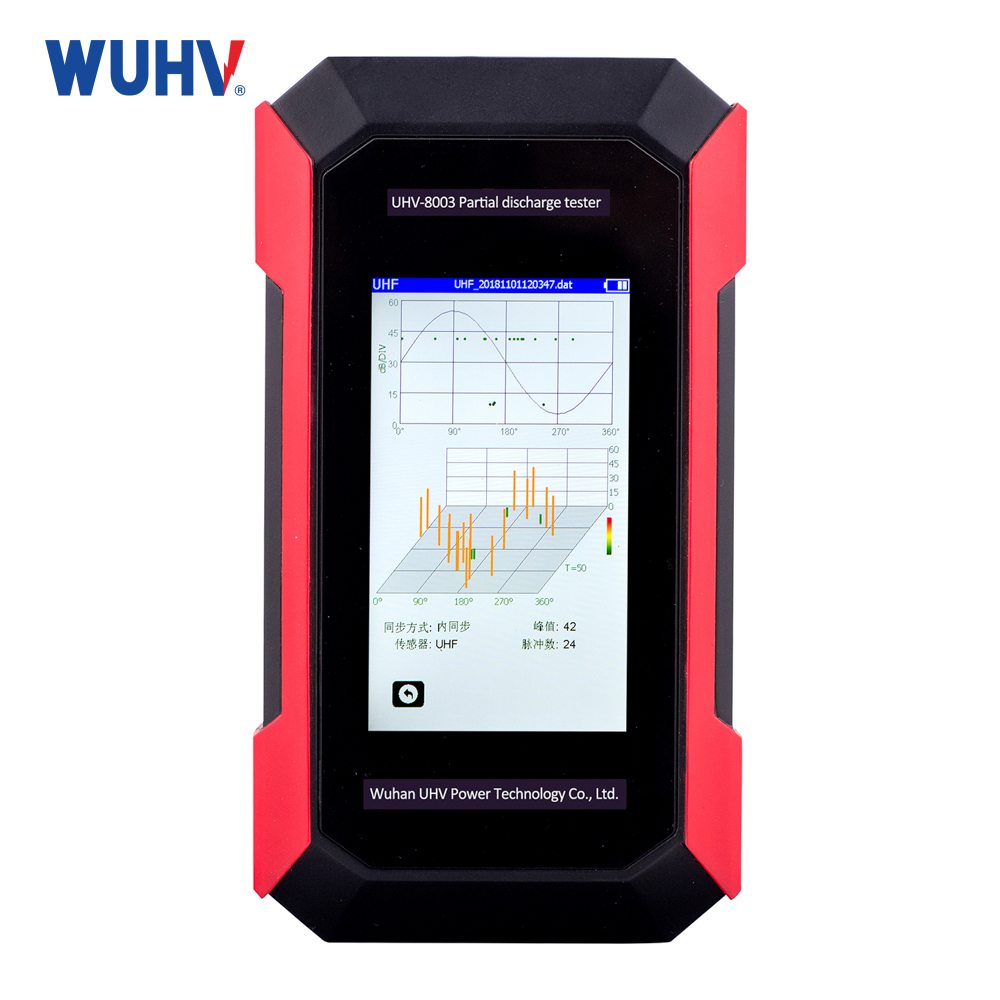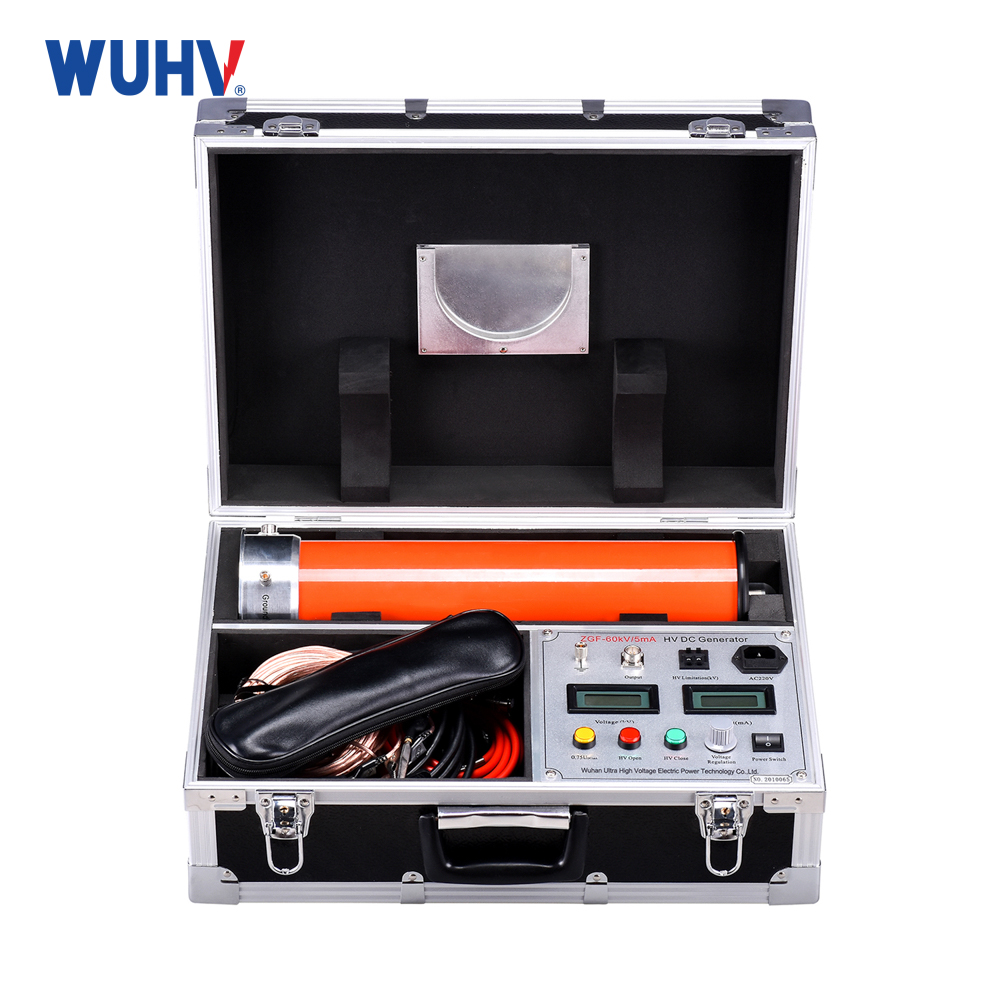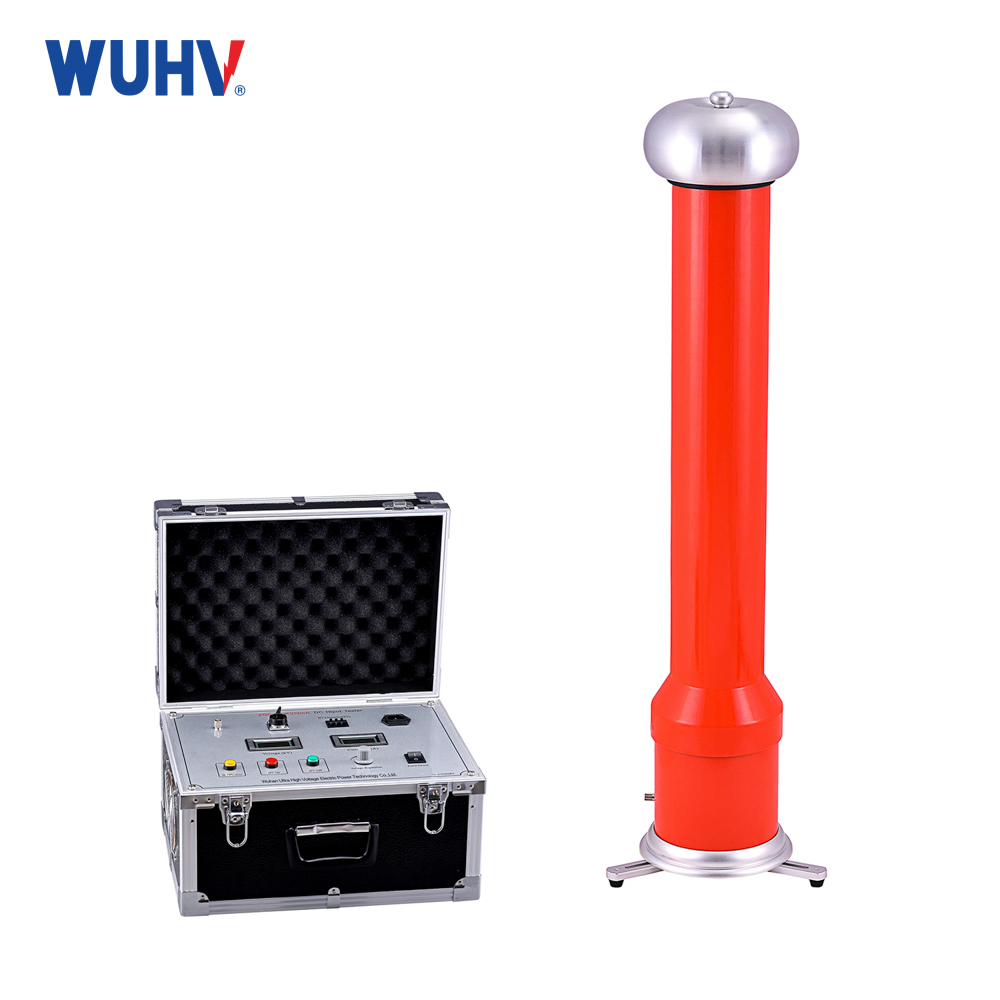The clamp type grounding resistance testerunder UHV power can help many power workers conduct various power tests more conveniently.
Clamp type grounding resistance tester, also known as clamp type grounding resistance tester or grounding resistance tester. Widely used for measuring grounding resistance of electrical equipment in power, telecommunications, meteorology, oil fields, buildings, and industry. The clamp type grounding resistance meter does not require disconnecting the grounding wire and auxiliary electrode when measuring a grounding system with a circuit, making it safe, fast, and easy to use. The clamp type grounding resistance meter can measure grounding faults that cannot be measured by traditional methods, and can be applied in situations where traditional methods cannot measure them, because the clamp type grounding resistance meter measures the combined value of grounding body resistance and grounding body resistance. The resistance of the ground wire. The clamp type grounding resistance meter has long jaws and round jaws. Long claws are particularly suitable for flat steel grounding.
The traditional method for measuring grounding resistance is the voltage current method. The advantages of comparing the clamp type grounding resistance tester with the traditional grounding resistance tester are as follows:
A. Easy to operate
The traditional method requires the ground wire to be disconnected and hit the auxiliary grounding electrode. Separate the grounding electrode to be tested from the grounding system; The voltage and current electrodes must be inserted as auxiliary electrodes into the soil at the specified distance for measurement.
To use a clamp type grounding resistance tester, simply clamp the clamp of the clamp type meter around the tested ground wire, and then read the grounding resistance value from the LCD screen.
B. Measurement accuracy
The accuracy of traditional measurement methods depends on the position of the auxiliary electrode and its relative position to the ground. If the position of the auxiliary electrode is limited and cannot meet the calculated value, it will bring about the so-called pole error.
For the same grounding body, the different positions of the auxiliary electrode may result in a certain degree of discreteness in the measurement results. This dispersion will reduce the credibility of the measurement results.
The measurement of the clamp shaped grounding resistance tester does not use auxiliary electrodes and has no layout errors. When tested repeatedly, the results are consistent.
The comparative test results between the clamp type grounding resistance tester and the traditional voltage current method by relevant national departments show that it can completely replace the traditional grounding resistance testing method and provide reliable grounding resistance value results.
Comes with a standard testing ring. When measuring, you can first measure the standard test ring. If the reading is accurate, the measured ground resistance value is reliable.
C. Regarding the environment
The adaptability of traditional methods requires driving two auxiliary electrodes with relative position requirements, which is the biggest limitation of using traditional methods.
The problem is that with the development of urbanization in China, soil cannot be found around the surveyed area, and it is all covered with cement. Even with so-called green belts, roadside gardens, etc., their soil often separates from the soil of the earth. In addition, when using traditional methods to impact auxiliary electrodes, it is necessary to determine the relative position of the auxiliary electrodes. In most cases, it is more difficult to find soil with high distance requirements.
When using a clamp type grounding resistance tester, these limitations do not exist. Although the clamp type grounding resistance tester must be used in the presence of a grounding circuit in terms of measurement principle, as long as the user can effectively utilize the surrounding environment, the clamp type grounding resistance tester can measure single point grounding. System.
D. Other
In some cases, a clamp type ground resistance tester can measure ground faults that cannot be measured by traditional methods.
For example, in a multi-point grounding system (such as towers, etc. In addition, some buildings also use multiple grounding bodies), although the grounding electrode of the grounding body is qualified, it can connect the connecting wire between the ground wire and the overhead ground wire. After long-term use, the contact resistance may be too high or even disconnected. The grounding resistance of the grounding body meets the requirements, but the grounding system is not qualified. For this situation, traditional methods cannot measure it. The clamp type grounding resistance tester can accurately measure because it measures the combined value of grounding body resistance and line resistance.


